Moutoa Floodgates – hoist system replacement
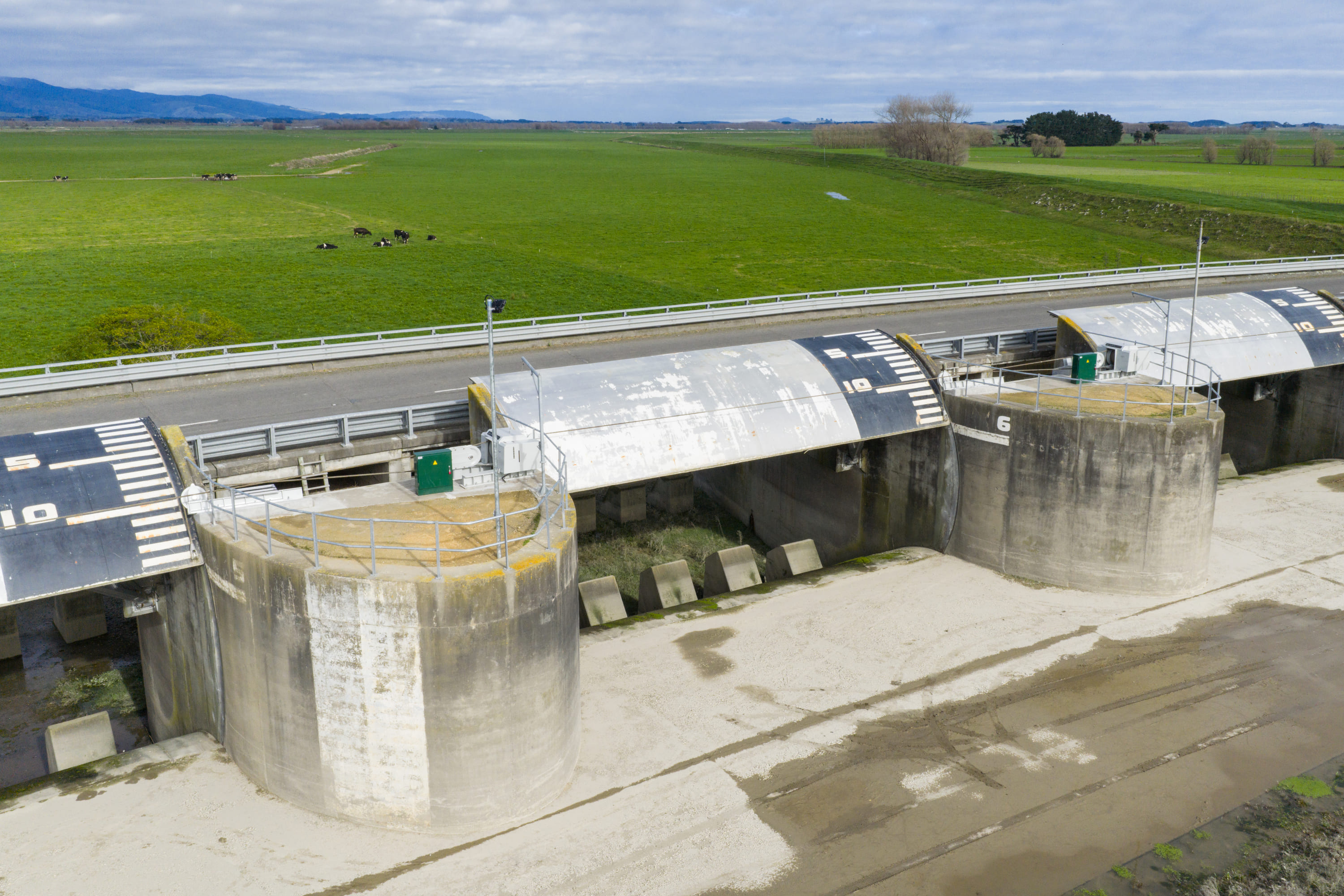
Seipp replaced the hoist system at the Moutoa Floodgates on the lower Manawatū River, extending the life and capacity of this critical asset. A collaborative, problem-solving approach helped us navigate surprises, keep the site operating, and finish ahead of schedule, while adding value along the way.
Built in 1962 to divert floodwater and protect more than 280 km² of productive farmland, the Moutoa Floodgates are a key part of Horizons Regional Council’s flood protection network. The facility has nine floodgates between ten piers, which also carry a road bridge.
To lift performance and reliability, we were engaged on a design-and-build contract to replace the ageing hoist system. Each electric winch raises and lowers the 40-tonne floodgates via a 34-mm steelwire rope sling that runs over two deflector sheaves and through a balancing sheave. Our scope covered the design, fabrication and installation of new winch sets, plus civil upgrades to support and anchor the equipment.
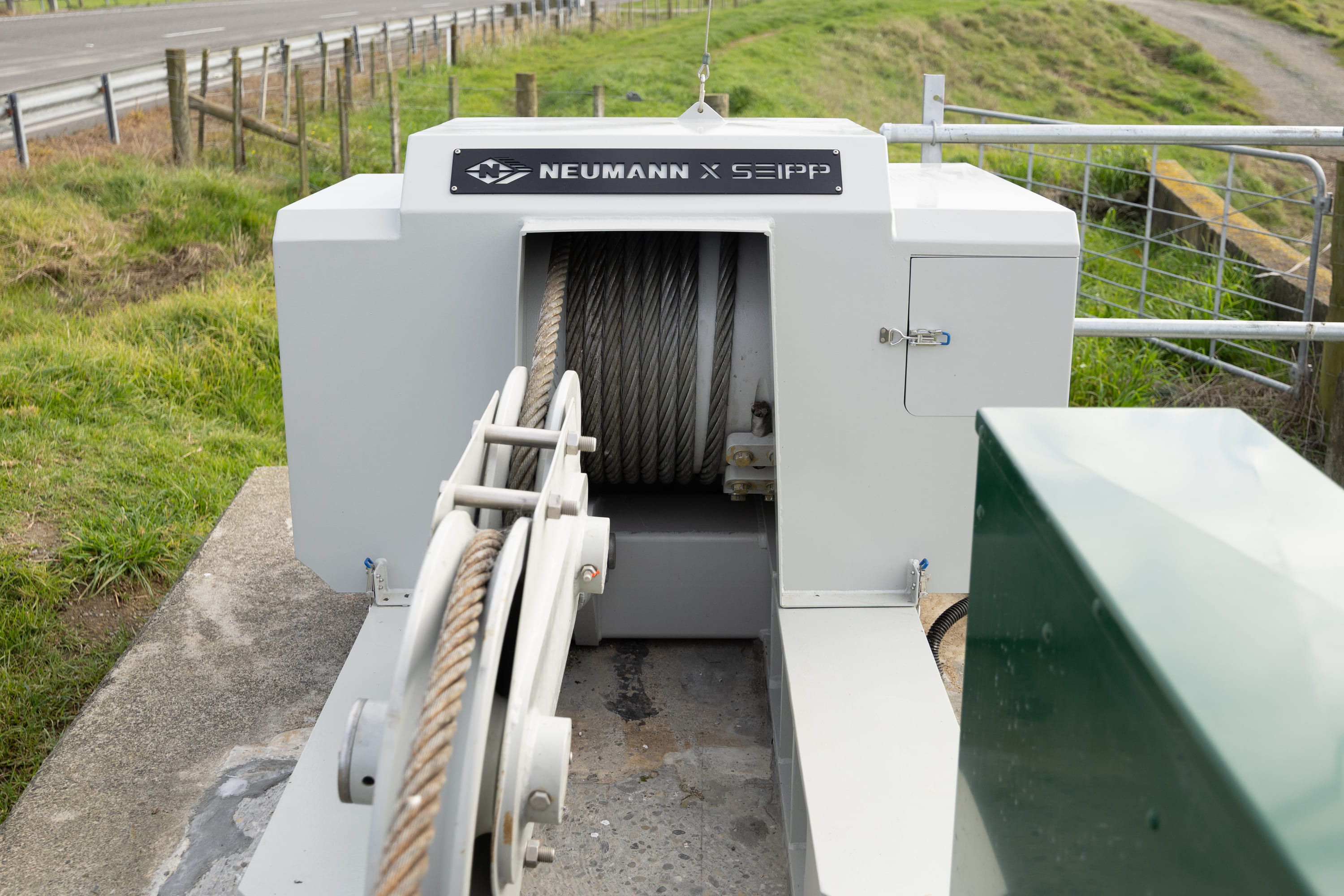
Innovative solutions
We faced a tight programme heading into the wetter months, and several practical constraints on site.
- Keeping the river safe: At least 75% of the facility had to stay operational during works, so only two of the nine gates could be isolated at any time. We replanned the sequence to allow partial foundation construction while adjacent sheaves remained in service. This saved significant time and kept the programme on track.
- Working from the apron, not the road: To avoid disrupting traffic, all site access and activities were taken from the flooding apron, 5.5 metres below the piers. Traditional scaffolding wasn’t viable because accessways had to be rapidly removed if the river rose. We designed a simple stair and bridge system that could be lifted out by excavator with a boom extender. This avoided costly traffic management and road closures, and Horizons can now reuse the temporary access system for future maintenance.
- Hitting millimetre-tight tolerances: The new winches and deflector sheaves had to be positioned to tight alignments to minimise wear on the rigging. As their bases had a 2mm positional tolerance for the multiple pre-installed anchor studs, Seipp devised modular installation jigs to achieve a precise, repeatable solution that delivered first time.

Collaboration when surprises surfaced
During demolition, we found apparent reinforcement defects in the existing piers. Working closely with the client’s engineers, we adjusted the methodology to incorporate repairs and minimise any impact on time.
As rainfall risk increased, the client needed a way to hold isolated gates partially open if required. We developed a plan with modular props so gates can be safely suspended while isolated – a practical solution that will keep the network resilient.
Adding value
Two further improvements lifted long-term performance:
- More headroom, more capacity: By expanding the demolition scope, we were able to raise the gates higher than before. This increased floodway capacity and strengthened the region’s flood protection.
- Safer access: We upgraded the edge protection on the piers to current standards and integrated this into the overall works.
Delivered ahead of schedule
To secure funding within the budget period and deliver a strong outcome for the client, we accelerated the programme by mobilising additional Seipp resources. The project finished a full month ahead of the contracted completion date.
The result is enhanced flood protection for valuable land in the lower Manawatū – delivered early, with minimal disruption.
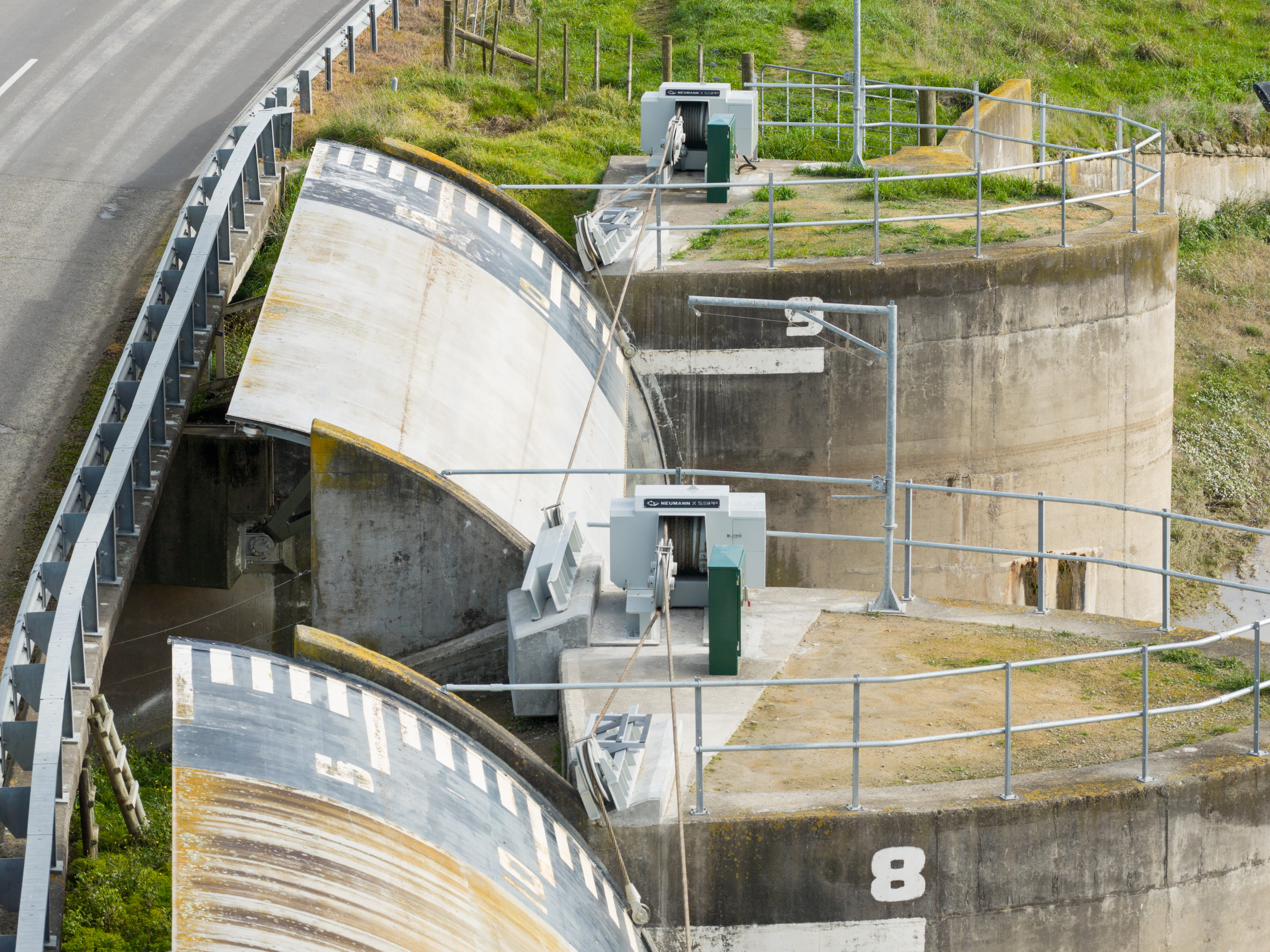
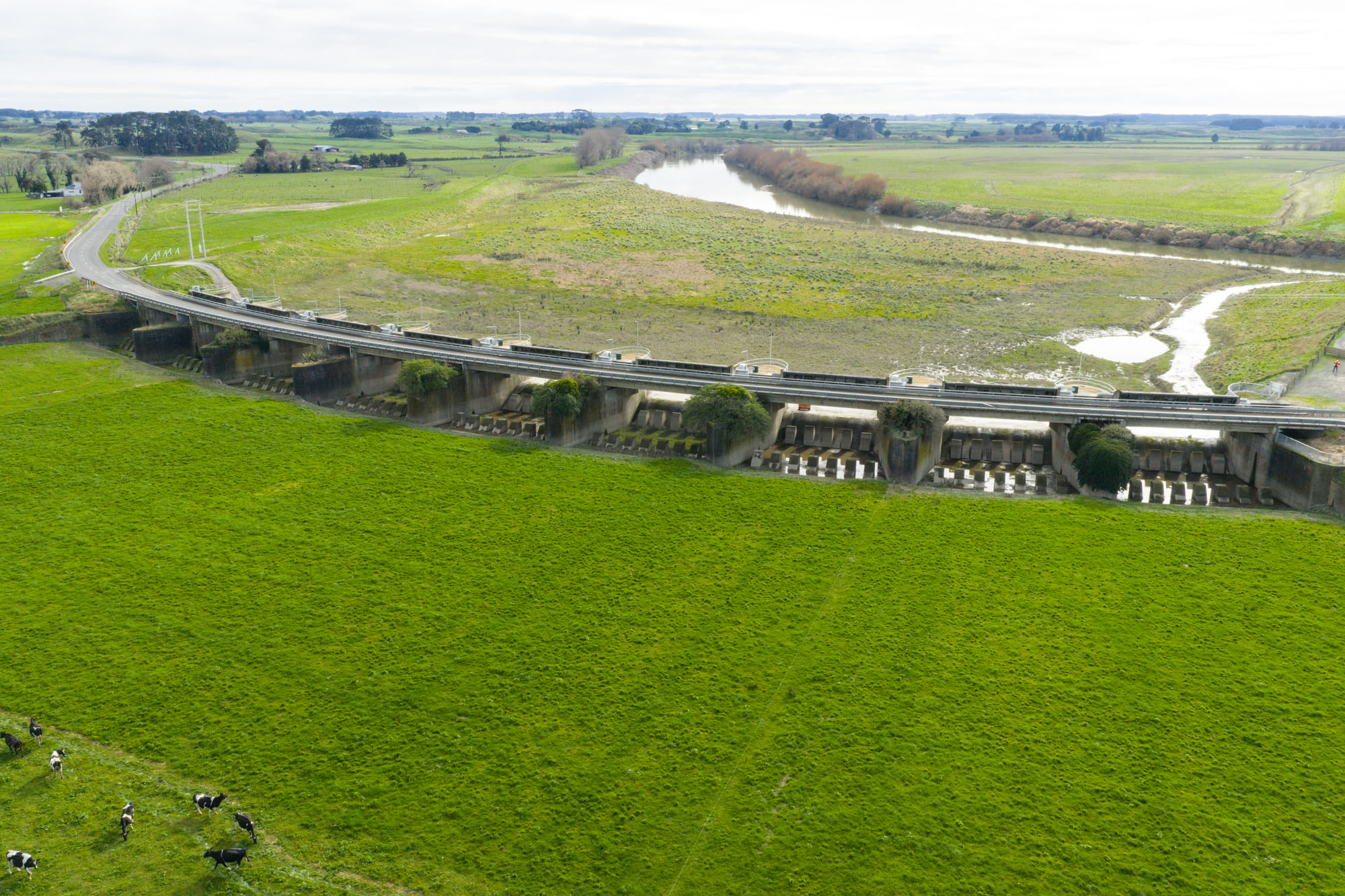
Find out more
Learn how Seipp Construction can make a difference to your next project.





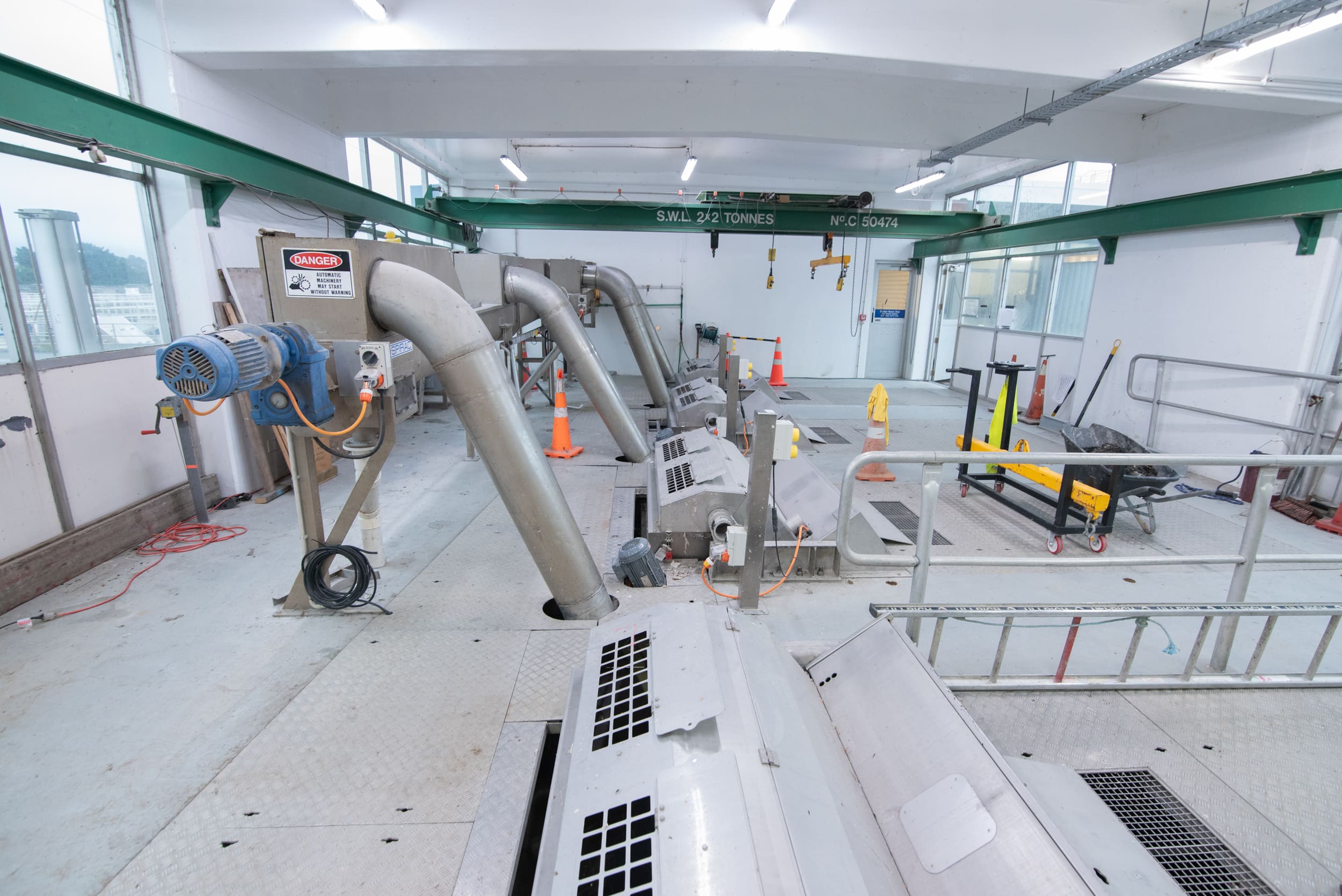


%20(1).jpg)

.jpg)

.jpg)

.jpg)
.jpg)
.jpg)






.jpg)
.jpg)
.jpg)
.png)
.jpg)

.jpg)

.jpg)

.jpg)
.jpg)
%20(1).jpg)


.jpg)
.jpg)

.jpg)
.jpg)
.jpg)
.jpg)


.jpg)